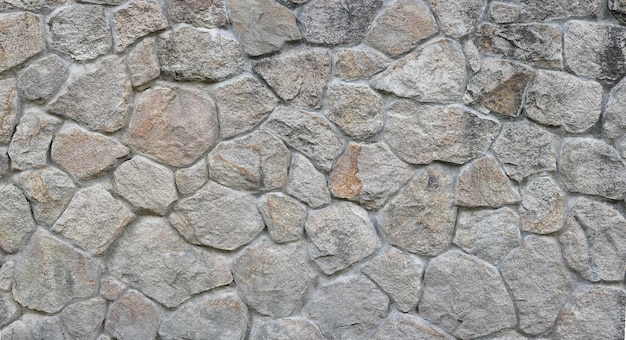In today's rapidly evolving world, finding cost-effective alternatives to steel has become a crucial concern for various industries. Steel, although widely used for its strength and durability, can be expensive and may not always be the most suitable option. This blog post aims to explore and present a range of innovative alternatives to steel that offer both affordability and practicality.
- Fiber Reinforced Polymers (FRPs):
Fiber Reinforced Polymers, commonly known as FRPs, have emerged as a promising alternative to steel in many applications. FRPs are composite materials made of a polymer matrix reinforced with fibers such as carbon, glass, or aramid. They possess excellent strength-to-weight ratios, corrosion resistance, and can be molded into complex shapes. FRPs find applications in construction, automotive, aerospace, and marine industries, offering a lightweight and cost-effective solution. - Bamboo:
Bamboo, a natural and renewable resource, has gained attention as a sustainable alternative to steel. With its impressive strength-to-weight ratio, bamboo can be used in construction, furniture, and even as reinforcement in concrete structures. Bamboo is not only cost-effective but also environmentally friendly, as it absorbs more carbon dioxide and releases more oxygen compared to traditional building materials. - Aluminum:
Aluminum, known for its lightweight and corrosion-resistant properties, is another viable alternative to steel. It finds extensive use in the transportation industry, particularly in the manufacturing of automobiles, aircraft, and marine vessels. Although aluminum may not match the strength of steel, its lower density and recyclability make it an attractive option for reducing weight and improving fuel efficiency. - Engineered Wood Products:
Engineered wood products, such as laminated veneer lumber (LVL) and cross-laminated timber (CLT), offer a sustainable and cost-effective alternative to steel in construction. These products are made by bonding layers of wood veneers or lumber together, resulting in enhanced strength and dimensional stability. Engineered wood products can be used for beams, columns, and even entire building structures, providing a renewable and aesthetically pleasing alternative to steel. - High-Performance Plastics:
High-performance plastics, including fiberglass-reinforced plastics (FRPs) and carbon fiber-reinforced polymers (CFRPs), are gaining popularity as alternatives to steel in various industries. These materials possess exceptional strength, chemical resistance, and thermal stability. They find applications in automotive components, aerospace structures, and even sports equipment. Although high-performance plastics may be more expensive than steel, their unique properties justify their use in specific applications.
Conclusion:
In the quest for cost-effective alternatives to steel, industries have embraced innovative materials that offer comparable or even superior properties. Fiber Reinforced Polymers, bamboo, aluminum, engineered wood products, and high-performance plastics have emerged as viable options in different sectors. By exploring these alternatives, industries can reduce costs, improve sustainability, and meet the evolving demands of the modern world. Embracing these alternatives not only benefits businesses but also contributes to a greener and more resource-efficient future.


More Stories
Key Technical Features and Performance Indicators of a Gypsum Mortar Production Equipment Weighing System
Building Facilities Construction
5 Creative Uses for Single Wire Hooks in Everyday Life